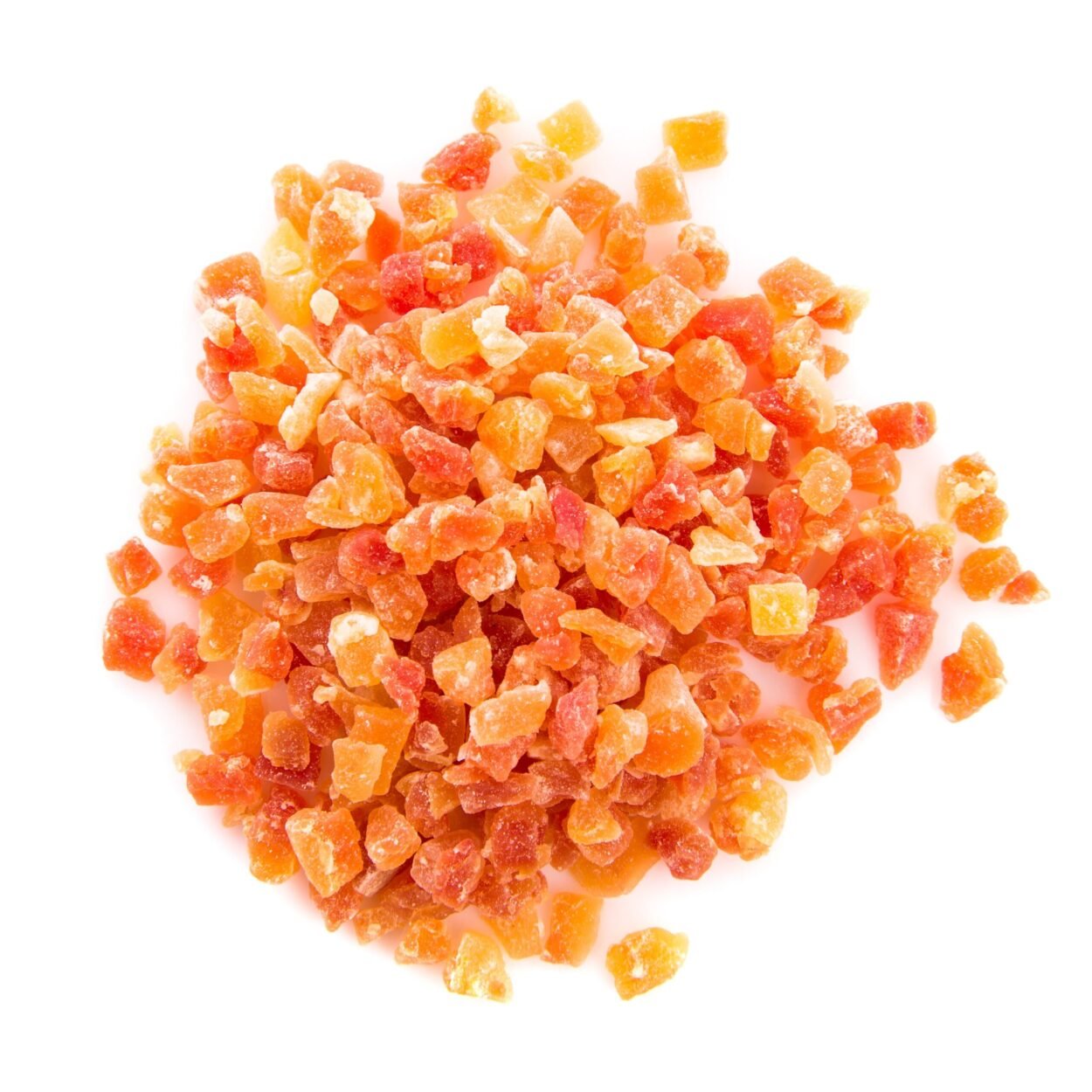
Amber ni Sakar — The Fragrant Sweetness of Two Ambers
Across old Gujarati households and Mughal kitchens, one rare phrase appears in sweet recipes — “Amber ni Sakar”, or ambered…

Across old Gujarati households and Mughal kitchens, one rare phrase appears in sweet recipes — “Amber ni Sakar”, or ambered…